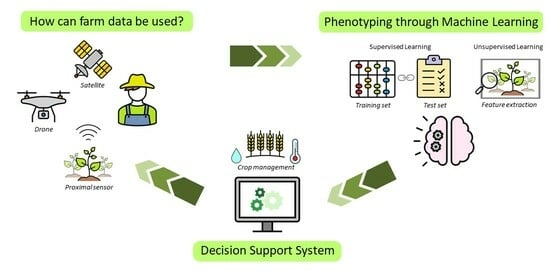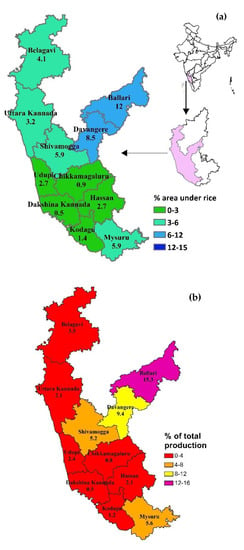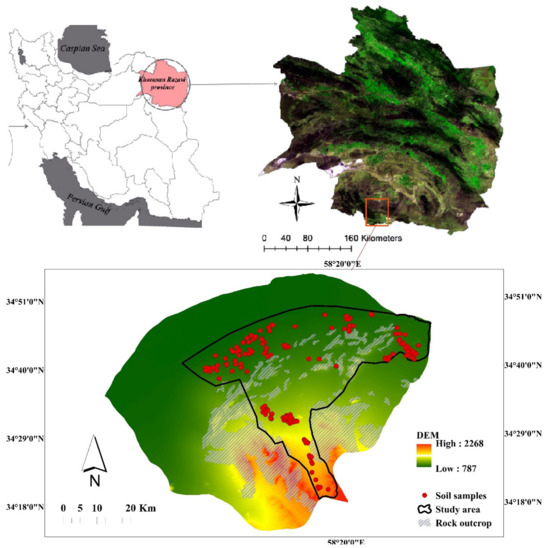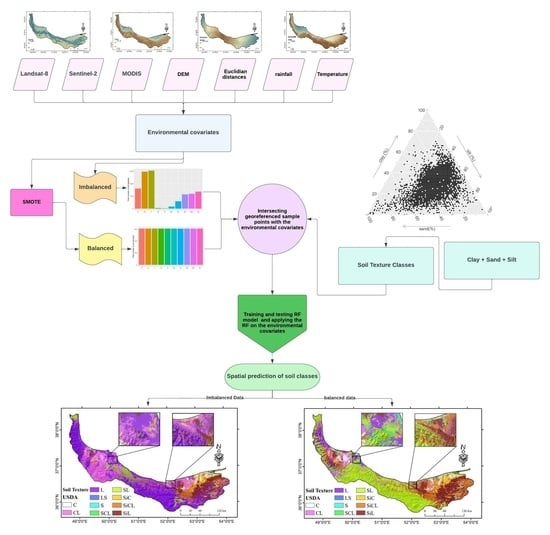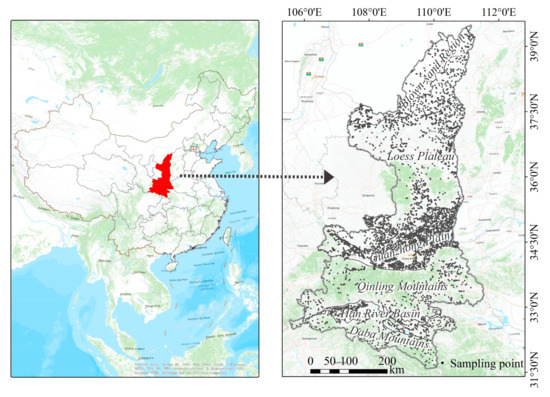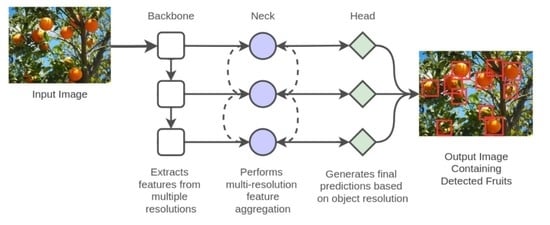Machine Learning in Digital Agriculture
A topical collection in Agronomy (ISSN 2073-4395). This collection belongs to the section "Precision and Digital Agriculture".
Viewed by 15312Editors
Interests: soil science; environment; geomorphology; geoecology; soil erosion; machine learning in soil science
Special Issues, Collections and Topics in MDPI journals
Interests: digital soil mapping; precision farming; predictive modelling; representative soil sampling; geoinformatics; spatial statistics
Special Issues, Collections and Topics in MDPI journals
Interests: digital soil mapping; machine learning; pedology; remote sensing
Special Issues, Collections and Topics in MDPI journals
Topical Collection Information
Dear Colleagues,
Agriculture plays an important role in sustaining all human activities. The rapid increase in the world's population will further exacerbate food, water, and energy challenges. Digital agriculture—with precision farming, data analytics, machine learning, and artificial intelligence—has the potential to address the challenges of sustainable agricultural use. Machine learning—the scientific field that gives machines the ability to learn without being strictly programmed—has the potential to make agriculture more efficient and effective. The increasing amount of sophisticated data (e.g., remote sensing and proximal sensing) makes it possible to bridge the gap between data and decisions within agricultural planning. On-demand representative sampling and modeling of useful soil information in an unprecedented resolution leads to an improvement in the decision-making processes of, for example, liming, irrigation, fertilization, higher productivity, reduced waste in food, and biofuel production. Additionally, sustainable land management practices are only as good as the data they are made of, and they help to minimize negative consequences such as soil erosion, soil compaction, and organic carbon and biodiversity loss. In the last few years, different machine learning techniques, different geophysical sensor platforms, as well as newly available satellite data have been tested and applied in precision agriculture. This Collection on Machine Learning in Digital Agriculture provides international coverage of advances in the development and application of machine learning for solving problems in agricultural disciplines such as soil and water management. Novel methods, new applications, comparative analyses of models, case studies, and state-of-the-art review papers on topics pertaining to advances in the use of machine learning in agriculture are particularly welcomed.
Prof. Dr. Thomas Scholten
Dr. Karsten Schmidt
Dr. Ruhollah Taghizadeh-Mehrjardi
Collection Editors
Manuscript Submission Information
Manuscripts should be submitted online at www.mdpi.com by registering and logging in to this website. Once you are registered, click here to go to the submission form. Manuscripts can be submitted until the deadline. All submissions that pass pre-check are peer-reviewed. Accepted papers will be published continuously in the journal (as soon as accepted) and will be listed together on the collection website. Research articles, review articles as well as short communications are invited. For planned papers, a title and short abstract (about 100 words) can be sent to the Editorial Office for announcement on this website.
Submitted manuscripts should not have been published previously, nor be under consideration for publication elsewhere (except conference proceedings papers). All manuscripts are thoroughly refereed through a single-blind peer-review process. A guide for authors and other relevant information for submission of manuscripts is available on the Instructions for Authors page. Agronomy is an international peer-reviewed open access monthly journal published by MDPI.
Please visit the Instructions for Authors page before submitting a manuscript. The Article Processing Charge (APC) for publication in this open access journal is 2600 CHF (Swiss Francs). Submitted papers should be well formatted and use good English. Authors may use MDPI's English editing service prior to publication or during author revisions.
Keywords
- machine learning
- artificial Intelligence
- deep learning
- cloud computing
- modeling and predicting
- digital agriculture
- precision farming
- digital agriculture
- smart agriculture
- agriculture intelligence
- Internet of-Things (IoT)-based technologies
- yield prediction
- unmanned aerial systems (UAVs)
- proximal sensing
- remote sensing
- GIS applications
- image segmentation
- multi/hyperspectral image analysis
- computer vision
- pattern recognition
- big data analytics
- laser scanner







